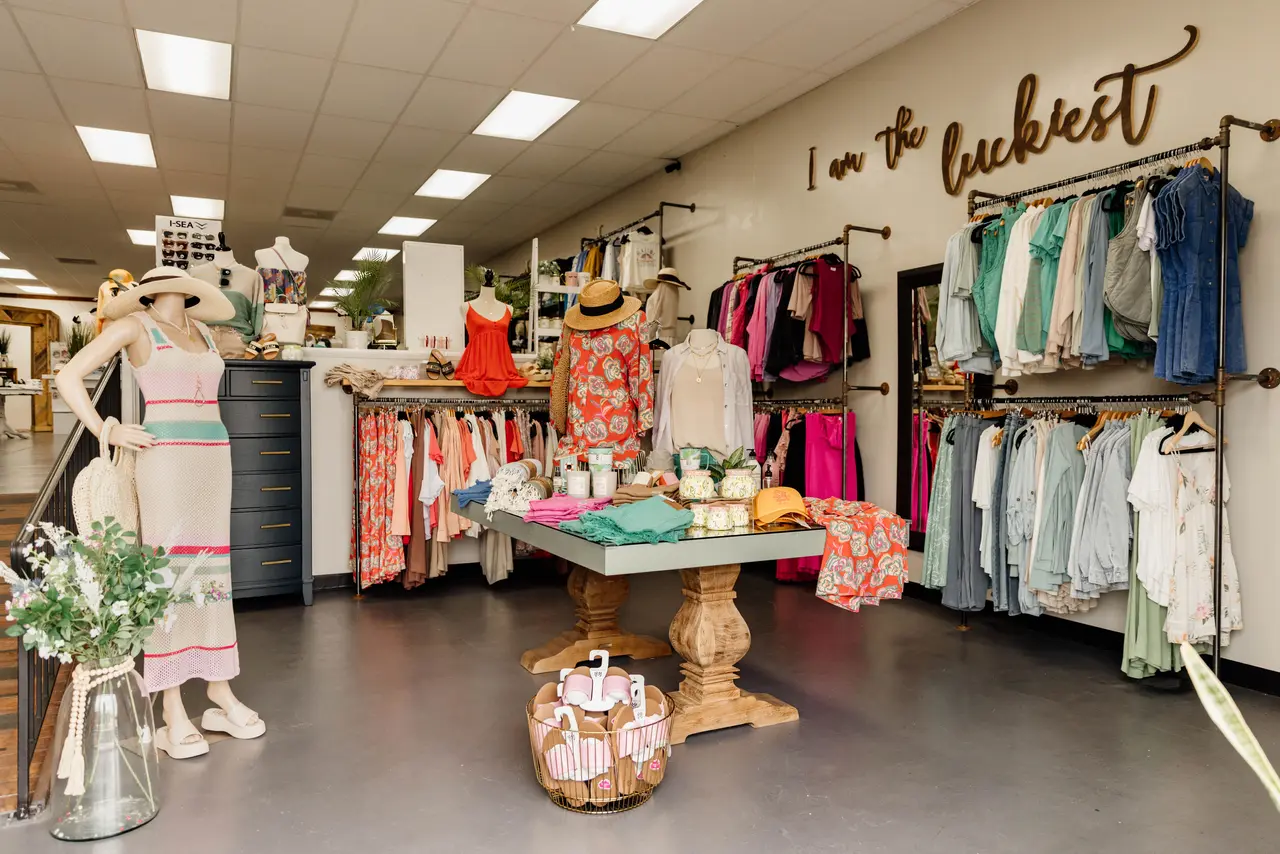Discover the most recent Trends in Boutique Fashion for Every Period
Discover the most recent Trends in Boutique Fashion for Every Period
Blog Article
A Deep Study the Globe of High-Fashion Runways: Comprehending Clothing as Art
Designers, much like skillful artists, weave intricate narratives through form, textile, and shade, redefining and challenging standard norms beauty criteria. As we explore these sartorial eyeglasses, we must contemplate: what role does style play in forming social values, and just how does it reflect the ever-changing tapestry of human feeling and identification?
The Development of Runway Shows
The trajectory of path programs has changed dramatically over the years, developing from unique market occasions to fascinating spectacles that blend style with art. Generally, runway programs made love affairs, kept in ateliers or small locations, largely participated in by buyers and sector experts. These early presentations concentrated on the garments' workmanship and commercial feasibility, providing a functional and straight display of seasonal collections.
As the fashion market increased, the nature of path shows began to change. The 1970s and 1980s marked a turning factor, with developers seeking to identify themselves via more staged presentations.
In the last few years, innovation and social networks have further reinvented runway shows, making them accessible to a global audience. Livestreaming and electronic systems have actually democratized fashion, permitting enthusiasts worldwide to witness these occasions in real-time (boutique fashion). This development reflects a more comprehensive social change, where high-fashion paths act as a vibrant crossway of innovation, efficiency, and style
Designers as Enthusiast Artists
Designers in the high-fashion sector have blurred the lines between functional garment development and the theoretical realm of art. By embracing imaginative techniques such as sculpture, paint, and avant-garde setups, designers craft garments that challenge conventional fashion norms and boost them to art kinds.
Visionary designers attract inspiration from a myriad of resources, consisting of abstract art, historical references, and individual narratives. They possess a distinct capability to picture and emerge concepts that press the boundaries of standard fashion, often redefining aesthetic standards while doing so. This innovative resourcefulness is showcased with significant silhouettes, ingenious products, and complex craftsmanship, which invite customers to experience style as even more than simply wearable items.
Furthermore, the path offers as a canvas for these artists, where lights, songs, and established layout coalesce to create immersive experiences. These presentations are not just screens of garments yet are coordinated efficiencies that evoke feeling and prompt idea, verifying the designer's function as a real artist in the modern social landscape.
Cultural Influences in vogue
Social tapestry weaves its complex patterns into the fabric of fashion, influencing designers globally. The dynamic interchange of social tales, practices, and signs informs and inspires collections that elegance high-fashion runways.
The impact of society on fashion is often seen in the reinterpretation of typical garments and patterns. As an example, making use of Japanese kimonos, Indian saris, or African prints in modern fashion reflects a mix of cultural her response credibility and modern appearances. Developers such as Valentino's Pierpaolo Piccioli and Alexander McQueen's Sarah Burton have actually been understood to include rich social concepts link into their couture collections, equating history right into wearable art.

Development in Textile and Layout
Innovation in fabric and design regularly reshapes the landscape of high-fashion, pushing boundaries and redefining possibilities. Over the last few years, technical improvements have actually substantially added to this advancement, presenting products that test standard assumptions. Textiles ingrained with wise fibers, capable of altering shade or controling temperature, are no more constrained to the realm of science fiction. Developers are significantly checking out the combination of innovation, such as 3D printing, which enables the creation of intricate structures that were previously unimaginable.
The fashion sector is observing a surge in the usage of eco-friendly materials, obtained from recycled plastics, organic fibers, and even eco-friendly parts. Developers are accepting these products to craft garments that are both visually striking link and conscious of their eco-friendly footprint.
In terms of style, experimental types and avant-garde silhouettes are continuously changing the runway. By integrating unconventional materials and advanced strategies, designers cultivate garments that blur the line between fashion and art, establishing brand-new standards for creativity and expression in the high-fashion sphere.
Impact of Fashion on Culture
Style possesses an extensive impact on culture, working as both a representation of social identity and a stimulant for social adjustment. Via its evolution, style has actually mirrored societal changes, enveloping the zeitgeist of numerous ages. The flapper dresses of the 1920s symbolized a newfound sense of ladies's freedom, while the strong prints of the 1960s echoed the innovative spirit of the time. High-fashion runways, particularly, function as platforms for challenging norms and redefining elegance requirements. Designers use these venues to resolve pushing social problems, from sustainability to variety, therefore forming public discourse.
In addition, fashion has the power to bridge cultural gaps, cultivating understanding and recognition amongst diverse groups. As globalisation increases, the cross-cultural exchange of fashion concepts ends up being increasingly significant, advertising inclusivity and diversity. The increase of streetwear, stemming from metropolitan subcultures, shows just how fashion can go beyond socio-economic borders, providing individuals a way of self-expression and empowerment.
Essentially, style is not simply concerning looks; it is a dynamic force that affects values, perspectives, and societal development (boutique fashion). By continually connecting with social and cultural currents, style remains an integral component of the cumulative human experience

Verdict
Designers, similar to visionary musicians, manage collections that show identity, emotion, and cultural stories, challenging typical visual appeals. This intersection of style and virtuosity not only mesmerizes audiences worldwide yet likewise influences societal assumptions and promotes a much deeper recognition for social diversity.

Social tapestry weaves its elaborate patterns right into the textile of fashion, affecting designers internationally.Style possesses a profound impact on society, serving as both a reflection of cultural identity and a driver for social adjustment.
Report this page